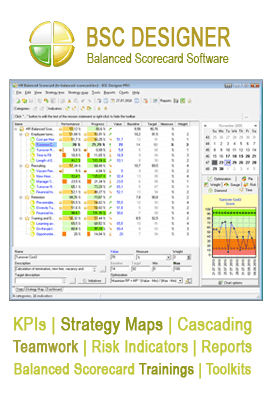Supply Chain Innovator- Supply Chain Metrics
Supply chain process has got a lot of importance now-a-days due to large number of business transactions, large number of purchases due to ever increasing population. So, everyone should be aware of supply chain process especially the ever growing business world as it can reap fruits of profitability after knowing supply chain process and businessmen can achieve their goals in less time. Let’s start with the definition of Supply Chain:
Supply Chain is a system through which a product or service is moved from supplier to customer and the system consists of organizations, people, technology, activities, information and resources. Actually supply chain is a process consisting of activities which transform natural resources, raw materials and components into a finished product that is delivered to the end customer.
Now the question arises if the supply chain process is of such an immense importance then how this process can be enhanced and better utilized and on which factors it depends upon?
The answer to this question is there are some measurements which quantify the quality of supply chain process. These measurements are also known as metrics. Actually it’s the metrics that can be called the innovator of supply chain process. By using these innovative metrics supply chain process can better satisfy the customer requirements.
These metrics can be categorized into following two categories:
- Supply Chain Operational Reference (SOCR) Metrics
- Collaborative Planning Forecasting and Replenishment (CPFR)
The above stated metrics are analyzed into the following stated perspectives:
Supply Chain Operational Reference (SOCR) Metrics
| Perspective | Metrics |
| Reliability
| · On-time delivery · Order fulfillment lead time · Fill rate (fraction of demand met from stock) · Perfect order fulfillment |
| Flexibility
| · Supply chain response time · Upside production flexibility · Agility to obtain competitiveness |
| Expenses
| · Supply chain management costs · Warranty cost as a percent of revenue · Value added per employee |
| Assets/utilization
| · Total inventory days of supply · Cash-to-cash cycle time · Net asset turns |
Collaborative Planning Forecasting and Replenishment (CPFR)
CPFR Process consists of the following steps.
Step 1 – Front-end agreement
Step 2 – Joint business plan
Steps 3-5 – Sales forecast
Steps 6-8 – Order forecast collaboration
Step 9 – Order generation/delivery execution
For an Effective Supply Chain, the organization or firm should develop its strategic objectives and tactics carefully and according to these objectives, activities should be integrated and coordinated in the internal supply chain; these activities should be coordinated with suppliers and customers and along with all these planning and execution should be coordinated across the supply chain. After consideration of these above stated factors, these metrics will be beneficial and will innovate the supply chain process in the real sense.
Summing up the above stated arguments, innovation and supply chain leadership is encouraged by three distinct potentials of lenders:
Matching supply and Demand- Balancing market demands,
Next-generation efficiency gains-minimization of operating costs and employed assets, organizational integration – the alignment of internal and external organizations for maximization of product life cycle revenues.
